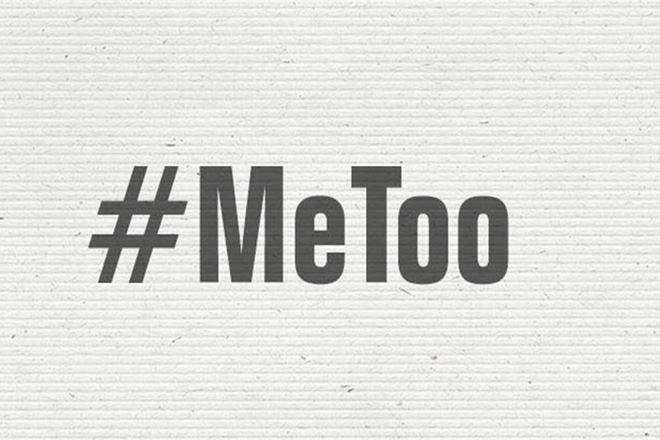Batting for guarding against fake MeToo complaints, the Delhi High Court said last week that the campaign shouldn’t become a “sullying YouToo” campaign. The court said this while granting a stay on the republication of articles detailing sexual harassment allegations, made by anonymous complainants, against the managing director of a media company. To be sure, the MeToo campaign has been a powerful tool for victims of sexual harassment in the professional sphere to seek justice as part of a collective. The naming and shaming of powerful perpetrators is leading to social censure and forced departures from the offices they occupied. It has also ensured that the pressure on individual victims choosing to take the “due process” route and the threat to their careers is somewhat mitigated. Take, for instance, the allegations against former Union minister MJ Akbar.
At the same time, it is making organisations rethink hiring of women—a Bloomberg article from December last year talked about how reduced or zero hiring of women has become an unofficial policy among some Wall Street firms that believe MeToo has created a sense of “walking on eggshells” and hiring a woman was an “unknown risk”. That may be a ridiculous reaction—why aren’t these firms wary of hiring men who could be potential harassers or adopting a stricter view on sexual harassment instead of nailing the responsibility on the victim? But, the Delhi HC has it right to the extent that anonymous complaints allow for false complaints.
In many cases, the cover of anonymity has been used to malign people—the fact that the allegations later proved baseless notwithstanding, the damage to their reputation is no small cost to pay for the success of the MeToo movement. The perception that MeToo comes with a “YouToo sullying” risk is something that seems to have increased with the flood of MeToo survivor stories. A poll conducted in the US by YouGov for The Economist showed that, in September 2018 over November 2017, more men and women—irrespective of political persuasion—believed that false accusations were a bigger problem than unreported cases of assault and that women who complained about sexual harassment caused more problems than what these complaints resolved.
These are both problematic assertions—organisations working on sexual violence in the US estimate that more than 60% of sexual harassment cases go unreported, and 2-10% cases are falsely reported—but, thankfully, the proportion of respondents holding these beliefs was in the minority in the overall pool. Another study,by the Stop Street Harassment, a non-profit, and the UC San Diego Center for Gender Equity and Health shows that, in the US, following the MeToo campaign taking off, the incidence of sexual harassment didn’t go down, but the incidence of reporting went up sharply.
Also, while 30% of the respondents in the study reported perpetrating sexual harassment or assault, only 2% men and 1% women said that they had ever been accused of these abuses. The disproportionate focus on fake cases can be neutralised and fake cases, however small in number, eliminated only if survivors come out in the open to name their perpetrators. There may be some backlash in the form of litigation and denial of opportunity, but that will be a small price to pay to keep the MeToo ethos—organising to hold perpetrators accountable and encouraging more survivors to make themselves heard if they have been failed by “due process”.


